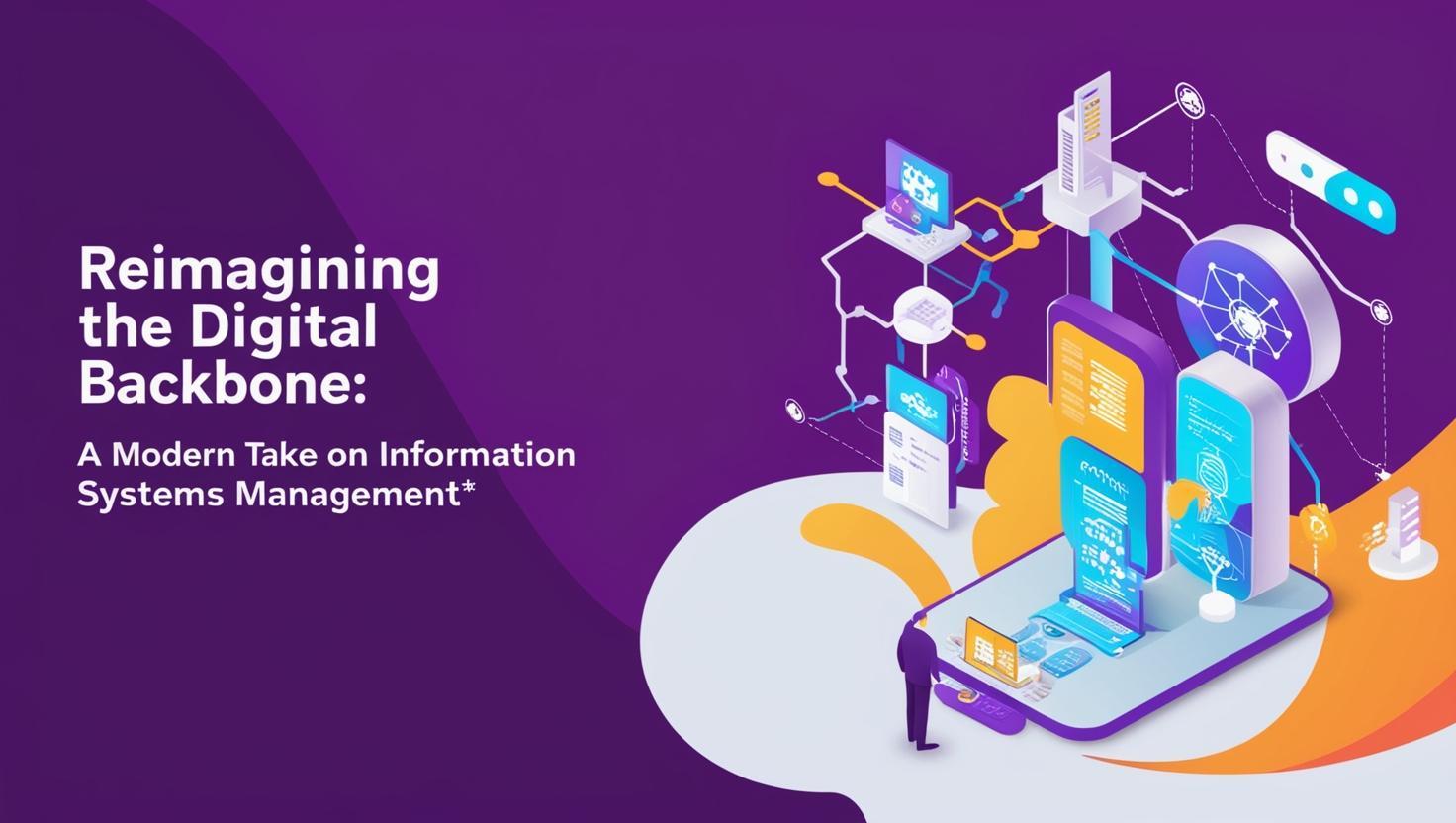In today’s digital era, information systems have evolved from mere operational support units into core strategic enablers of business success. No longer confined to infrastructure maintenance, they now drive innovation, enhance agility, and support real time decision making. As noted by Dipteshkumar Madhukarbhai Patel, this transformation repositions IT from a background utility to a vital force in competitive differentiation. Modern systems empower organizations to respond swiftly to change and harness data as a strategic asset. The shift reflects a complete reimagining of how technology contributes to enterprise growth.
Cloud Adoption as a Catalyst
Central to this transformation is the adoption of cloud infrastructures. Moving beyond the limitations of traditional on premises systems, organizations gain agility, scalability, and efficiency. Cloud platforms allow flexible resource allocation that adjusts dynamically to business demands, eliminating delays and hardware procurement costs. The rise of hybrid and multicloud strategies enables organizations to modernize systematically, balancing innovation with compliance and security.
From Data Overload to Data Intelligence
Data analytics has advanced from basic reporting to strategic insight generation. Modern enterprises contend with massive volumes of structured and unstructured data. Harnessing this information requires robust platforms that process real time data streams, uncover patterns, and generate predictive models. The transformation to a data driven culture also demands internal alignment, integrating analytics into decision making, encouraging collaboration, and ensuring governance over data quality.
AI Integration for Intelligent Enterprise Functions
Artificial intelligence plays a pivotal role in reshaping how organizations operate and compete. From intelligent automation to predictive analysis, AI enables enterprises to streamline processes, reduce errors, and enhance experiences. Its applications range from anticipating customer behavior to optimizing logistics and detecting anomalies. Successful integration depends on selecting appropriate use cases, ensuring ethical deployment, and building collaboration strategies that empower rather than displace employees.
Building a Fortress with Cybersecurity Frameworks
As digital integration deepens, cybersecurity becomes a strategic imperative rather than a reactive safeguard. Traditional perimeter defenses are no longer adequate. Organizations are implementing zero trust architectures, real time monitoring, and automated response mechanisms. A proactive approach to cybersecurity weaves protection into every layer of the system, including technical architecture, user behavior, and governance. Security now shapes decisions across development, vendor management, and risk planning.
Data Governance: Defining and Defending Strategic Assets
Data governance ensures that information is not just abundant but reliable, accessible, and secure. Modern frameworks define ownership, establish quality metrics, and set lifecycle policies. With rising regulatory pressure and growing data value, governance helps avoid duplication, prevent misuse, and foster responsibility. When executed well, governance frameworks form the backbone of trust in enterprise wide decision making.
Agility Through Methodology
Agile methodologies have changed how technology solutions are developed and delivered. Unlike rigid waterfall models, agile frameworks promote iterative progress, feedback loops, and collaboration. Agile practices accelerate the delivery of capabilities, support faster response to market needs, and improve relevance through refinement. Adopting agility requires cultural, structural, and organizational transformation beyond redesign.
Aligning Tech with Strategy
One critical success factor in modern information systems is strategic alignment. Technology initiatives must connect to outcomes through measurable objectives and ongoing stakeholder engagement. Leadership plays a key role by fostering collaboration, monitoring performance, and adapting plans as priorities evolve. Strategic alignment ensures digital investments deliver value in customer satisfaction, operational efficiency, and responsiveness.
Leading the Transformation Journey
Leadership in modern information systems is no longer about ensuring uptime. It is about vision, adaptability, and execution. Effective leaders are strategists who understand the business landscape, technologists who assess trends, and change agents who manage shifts. They must evaluate technologies not only for technical fit but also for business impact and readiness. Successful leaders embed change management into every stage, ensuring human factors are not overlooked.
In conclusion, the transformation of information systems management represents a pivotal shift in how enterprises operate and compete. By embracing technologies like cloud, AI, and analytics, organizations can unlock new strategic value. As highlighted by Dipteshkumar Madhukarbhai Patel, aligning IT with business goals is key to success. Those who lead this evolution will shape the future of digital enterprise.




























